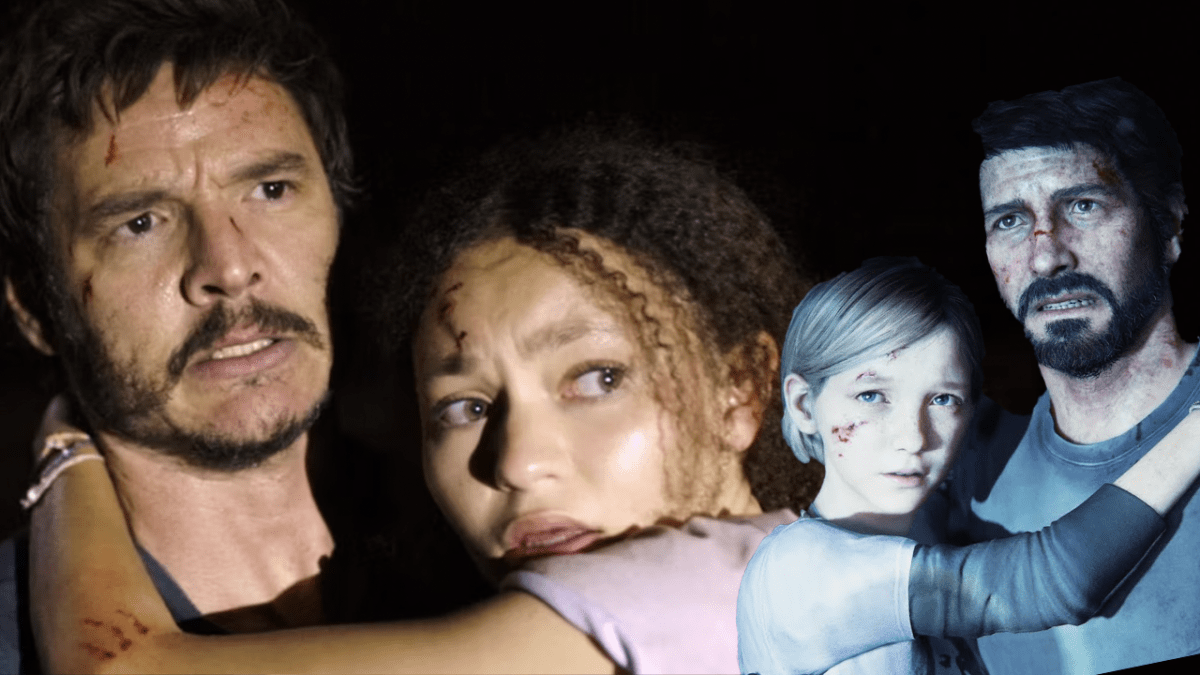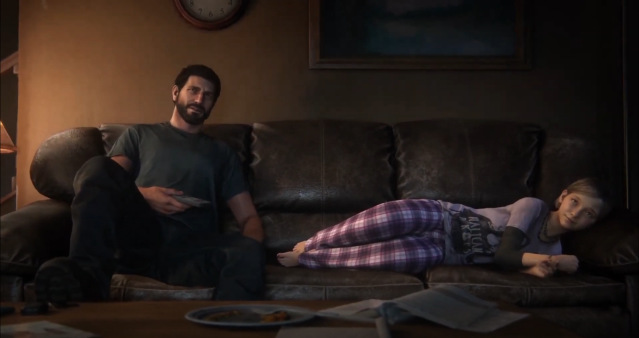
Warning: Spoilers ahead for episode one of The Last of Us.
Live-action remakes of video games are hardly taken seriously. Its best recent iterations have been limited to Sonic The Hedgehog and The Witcher, and even then, there just feels like there’s something missing. Often, television and movie iterations of our favourite games are viewed as cheap offcuts and leftover stock because they’re treated as exactly that — secondary to their source material video game.
But this week, the game changed (pun intended).
On Monday night, nerds and TV fanatics alike flocked to their televisions to watch the next HBO show that’s tipped to define this decade of television — The Last Of Us.
While that might sound dramatic at first, the show has already broken records. With only one episode aired, the survival zombie-infused horror series has already taken the top spot in IMDb’s rankings, beating out the statistically-backed greatest television show of all time, Breaking Bad.
With The Last Of Us already considered the holy grail of video games and the defining game of the last decade, it’s not hard to understand why.
At the height of society’s obsession with zombies, it managed to transform a post-apocalyptic story about fungal zombies into a genuinely emotional interrogation of what it meant to be human. It explored our human instinct to protect others. It captured the complexity of grief and heartbreak. And it gave us characters that were deeply complex and flawed. Its praises could be sung forever.
With such stunning and well-regarded source material, you could argue that the television series was set up for success. But with such high expectations also comes a gruelling fanbase that’s ready to interrogate and fight every creative decision made — especially when there are departures from the source material.
But that’s the reason why The Last Of Us is already solidifying itself in the television hall of fame — it honours its source material, but it isn’t afraid to change the rules.
Both iterations tell the same story: Joel, a hardened and brutish survivor, is hired to smuggle Ellie, a 14-year-old girl who could be the key to saving the world, 20 years after its downfall. They navigate survival in a post-apocalyptic world that’s ravaged by killer fungus.
me watching the last of us and going “this happened in the game too” every 5 seconds pic.twitter.com/CBoYEb0lHS
— 🧛🏾♀️ (@ctrlvcrs) January 16, 2023
In our first episode, we look in awe (and disgust) as we see how the first few hours of the apocalypse play out, with our daddy, Pedro Pascal at the helm. We’re treated to a little subplot about how he’s managed to avoid flour during the day, bypassing neighbour’s cookies and forgetting to pick up his own birthday cake. In the game, the source of infection was infected crops, but in the HBO series, it appears the true origin of the outbreak lies in flour. A win for coeliacs out there.
Just as we play the first few moments of the video game through Sarah’s eyes, we spend the first 20 minutes with her TV iteration (played by the phenomenal Nico Parker) as she navigates her day at school, unaware of what fate awaits her. She fixes her father’s watch for his birthday and leaves her elderly neighbour’s home without trying her raisin cookies.
There are several moments where we’re treated to a play-by-play of the video game’s cutscenes, including sweet moments where father and daughter lay on the couch together. Hell, she even wears the same shirt as she did in the video games. It’s a perfect, fan-honouring way of introducing the characters and setting the scene.

But what got people really excited was the car-driving sequence.
If you’re a newcomer to The Last of Us universe, your experience of this scene was probably somewhere along the lines of, “Holy heck, this is bloody tasty and freaky and brutal to watch.” It’s a perfect introduction to the crumbling world and the complexity of these characters as they murder their zombified-nanna-neighbour and abandon a family on the side of the road. After all, everyone is in it for themselves now.
But when we consider the video game, these brutal scenes transform into works of art.
the last of us spoilers / they’re being so faithful to the game this is sooo cool pic.twitter.com/qbfWVnkQ6N
— c🥀 (@ccmrose) January 17, 2023
We’re treated with a shot-for-shot faithful recreation of the opening scene as it’s transformed into a live-action retelling. The camera shot, the angles, the dialogue, it’s done absolutely perfectly.
But they also play with fans’ expectations and lull them into a false sense of reality, especially around the fate of Sarah. In the video game, a car crashes into them which forces them to run on foot through zombie-infested streets and come face-to-face with the military.
But in the show, we literally see the car that’s meant to hit them as they narrowly avoid a crash. We’re lulled into a false sense of reality. Maybe they won’t do it after all.
But then we see the plane. Instead of a simple car crash, the show goes bigger. We watch a phenomenal image of a plane crashing just meters away from them, and from the fiery wreckage comes shrapnel that takes out their car. They run through the streets. They see the military. The gun goes off.
Sarah is killed.
Me playing The Last of Us in 2013 vs. watching The Last of Us in 2023 pic.twitter.com/J9swes9RLu
— Tom Zohar (@TomZohar) January 16, 2023
The journey to Sarah’s cruel and inevitable murder gives us some hints about how and why The Last of Us television show is going to be remembered for years to come.
First, they understand that, at its core, The Last of Us is about the human condition. They gave us a 20-minute sequence to get to know Sarah because they understood what her fate was. They focused on her buying her father a watch as they knew we’d be looking at it constantly, even 20 years after the collapse of civilisation.
Second, the creators have an uncanny ability to recreate and honour key scenes from the video game. It’s not just pointless fan service, it’s about understanding when scenes are perfect as is, and paying them respect through incredible performances, camera work, and music.
And third, they’re not afraid to change it up when they need to. They’re hyper-aware of their fandom’s expectations and criticisms, and they’ve proved that even though they might have played the game eight times, they still don’t know where this story is going. And that’s a pretty cool thing.
You can watch episode one of The Last of Us on Binge. New episodes come out every Monday.



